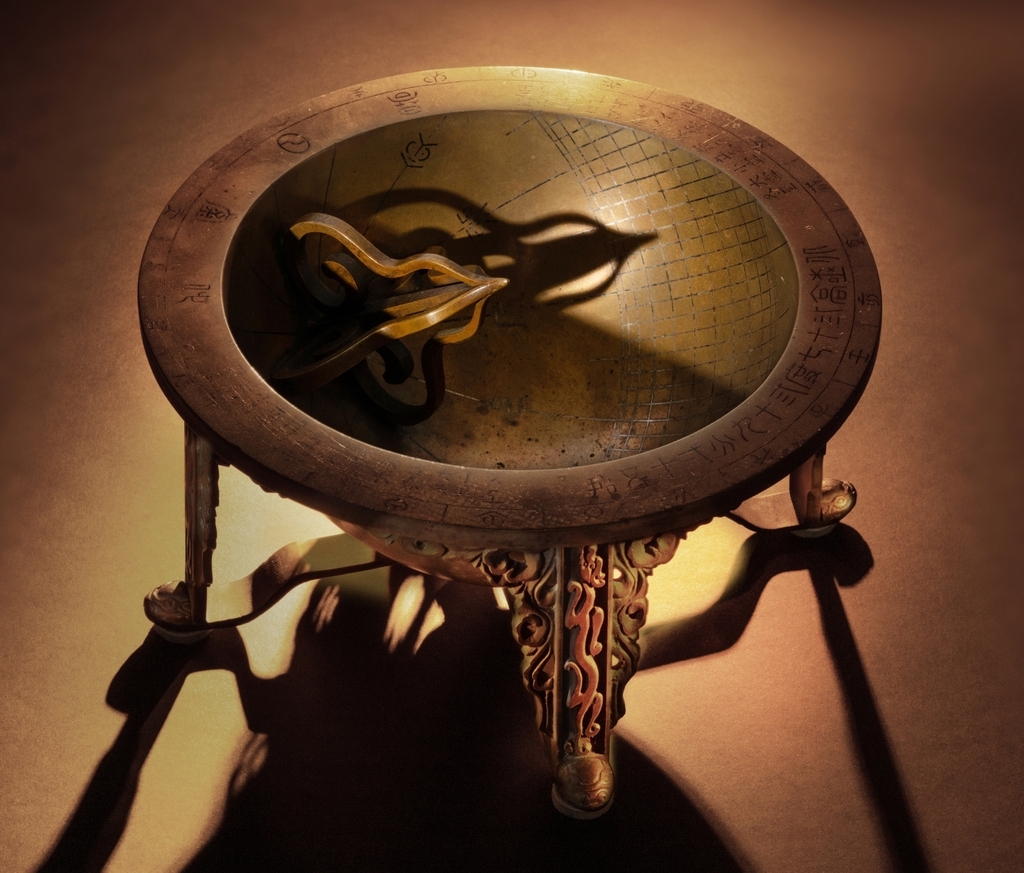Angbuilgu sundial from Joseon era goes on display
By Song Seung-hyunPublished : Nov. 18, 2020 - 15:58

Angbuilgu, a hemispherical metal sundial from the Joseon era (1392-1910), has been brought back to Korea from the US and is now on display at the National Palace Museum of Korea.
The exhibition of the sundial will run until Dec. 20.
The Overseas Korean Cultural Heritage Foundation under the Cultural Heritage Administration said it first found out about the sundial in January.
“Our staff in the US conducted a close research and investigation of the item, which came up for auction” an Overseas Korean Cultural Heritage Foundation official said during a press conference held Tuesday. However, the foundation said it does not know how it landed in the US and also declined to disclose details about the auction and price.
After scientific analysis and comparison with other metal sundials in Korea, the foundation confirmed its value and purchased the item in June, the group said. The sundial was brought back to Korea in August.
Angbuilgu tells time by the shadow cast by the sun over its cauldron-shaped body.
“They are accurate and systematic scientific instruments. It provides users with information about the subdivisions of the seasons (a climatological standard based on 24 divisions of the year), sunset time and directions,” Chungbuk National University astronomy professor Lee Yong-sam said during the press conference.
The returned Angbuilgu sundial is believed to have been produced between the 18th and early 19th century. More specifically, it is estimated to have been made after 1713, as it includes information about Seoul’s latitude being “37 degrees 39 minutes 15 seconds,” which a Qing Dynasty (1644-1912) envoy recorded in 1713.
“No sundials survive from King Sejong’s period as they were destroyed during wartime,” the agency official added.
The sundial measures 24.1 centimeters in diameter and 11.7 centimeters in height, and weighs around 4.5 kilograms. It also has artistic value as it used refined silver inlay decoration as well as dragon and turtlehead designs on the legs.
The agency also added that the sundial shows Joseon kings’ love for the people as it was placed in a public area where anyone could easily see it.
Only seven of these large metal Angbuilgu sundials now exist in Korea, along with three located overseas -- one in the UK and two in Japan.
By Song Seung-hyun (ssh@heraldcorp.com)










![[Today’s K-pop] BTS pop-up event to come to Seoul](http://res.heraldm.com/phpwas/restmb_idxmake.php?idx=644&simg=/content/image/2024/04/17/20240417050734_0.jpg&u=)
![[Graphic News] More Koreans say they plan long-distance trips this year](http://res.heraldm.com/phpwas/restmb_idxmake.php?idx=644&simg=/content/image/2024/04/17/20240417050828_0.gif&u=)






![[KH Explains] Hyundai's full hybrid edge to pay off amid slow transition to pure EVs](http://res.heraldm.com/phpwas/restmb_idxmake.php?idx=652&simg=/content/image/2024/04/18/20240418050645_0.jpg&u=20240419100350)

